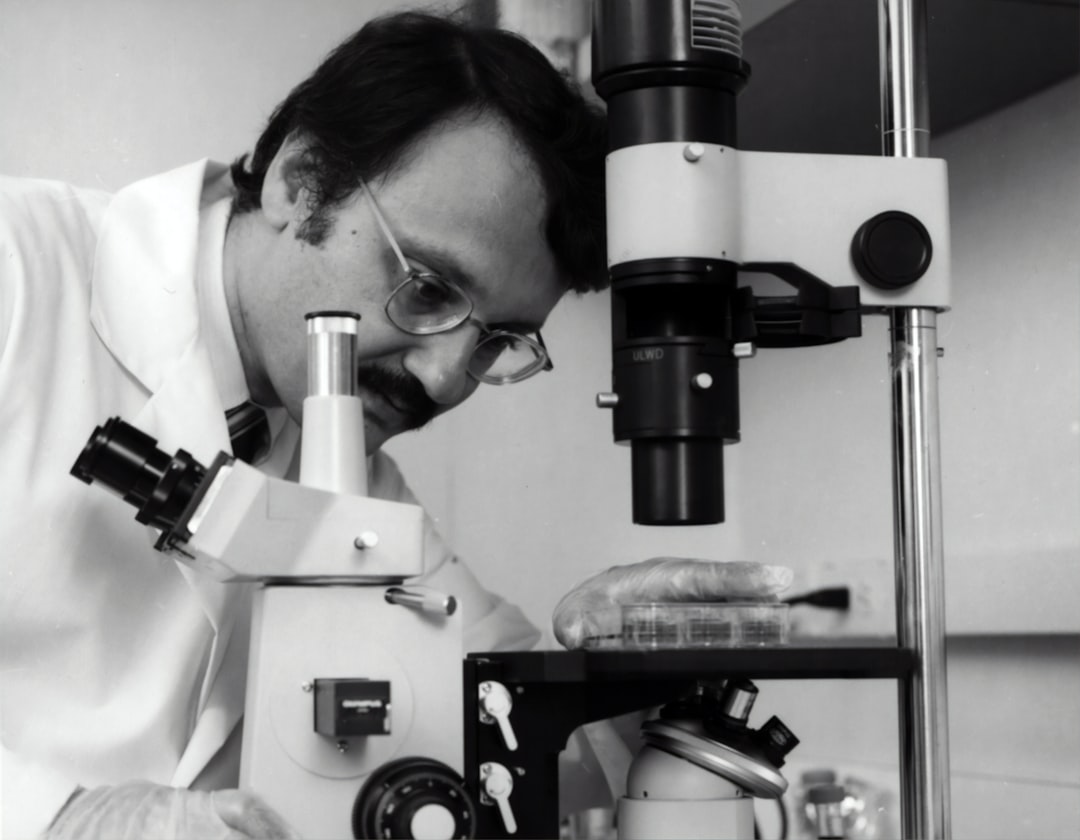What is it about?
Digital breast tomosynthesis (DBT) is a new non-invasive breast imaging modality that has been shown to improve detection of mass lesions and reduce call backs. However, detection of clustered microcalcifications, which is one of the important signs of breast cancer, in DBT is found to be more difficult than in digital mammography (FFDM). Our solution is to develop microcalcification enhancement methods and a computer-aided detection (CAD) system to assist radiologists in detection.
Featured Image
Why is it important?
We have developed a new multiscale bilateral filtering (MBiF) method for regularized reconstruction of DBT using the iterative simultaneous algebraic reconstruction technique (SART). The MBiF regularized SART selectively enhances MCs and preserves mass spiculations while smoothing noise. We are developing a CAD system to detect microcalcification clusters in the enhanced DBT volume. Our current CAD system has achieved a sensitivity of 85% at 1.07 false positives per DBT view .
Read the Original
This page is a summary of: Computer-aided detection of clustered microcalcifications in multiscale bilateral filtering regularized reconstructed digital breast tomosynthesis volume, Medical Physics, February 2014, American Association of Physicists in Medicine (AAPM),
DOI: 10.1118/1.4860955.
You can read the full text:
Resources
Contributors
The following have contributed to this page










